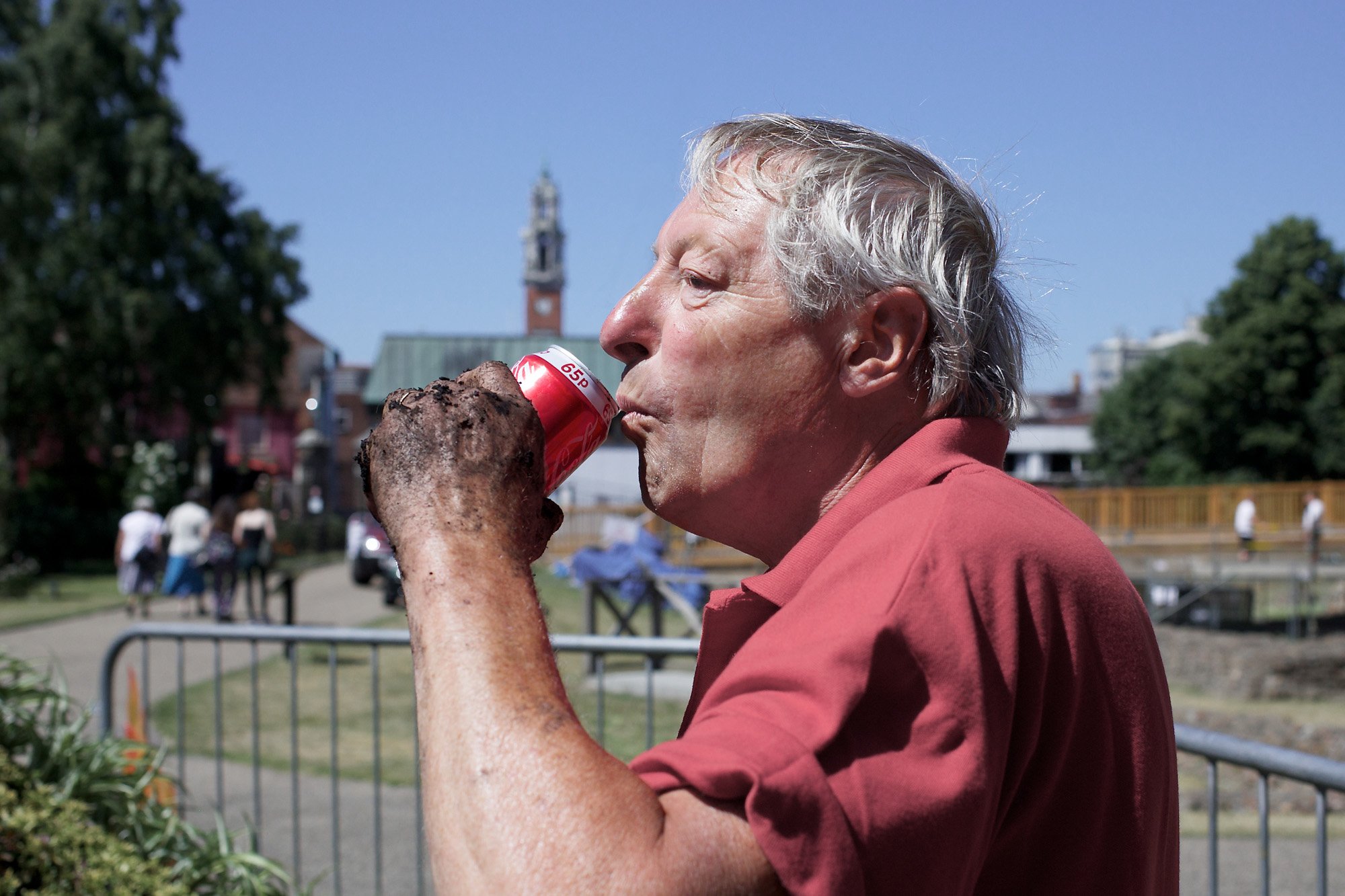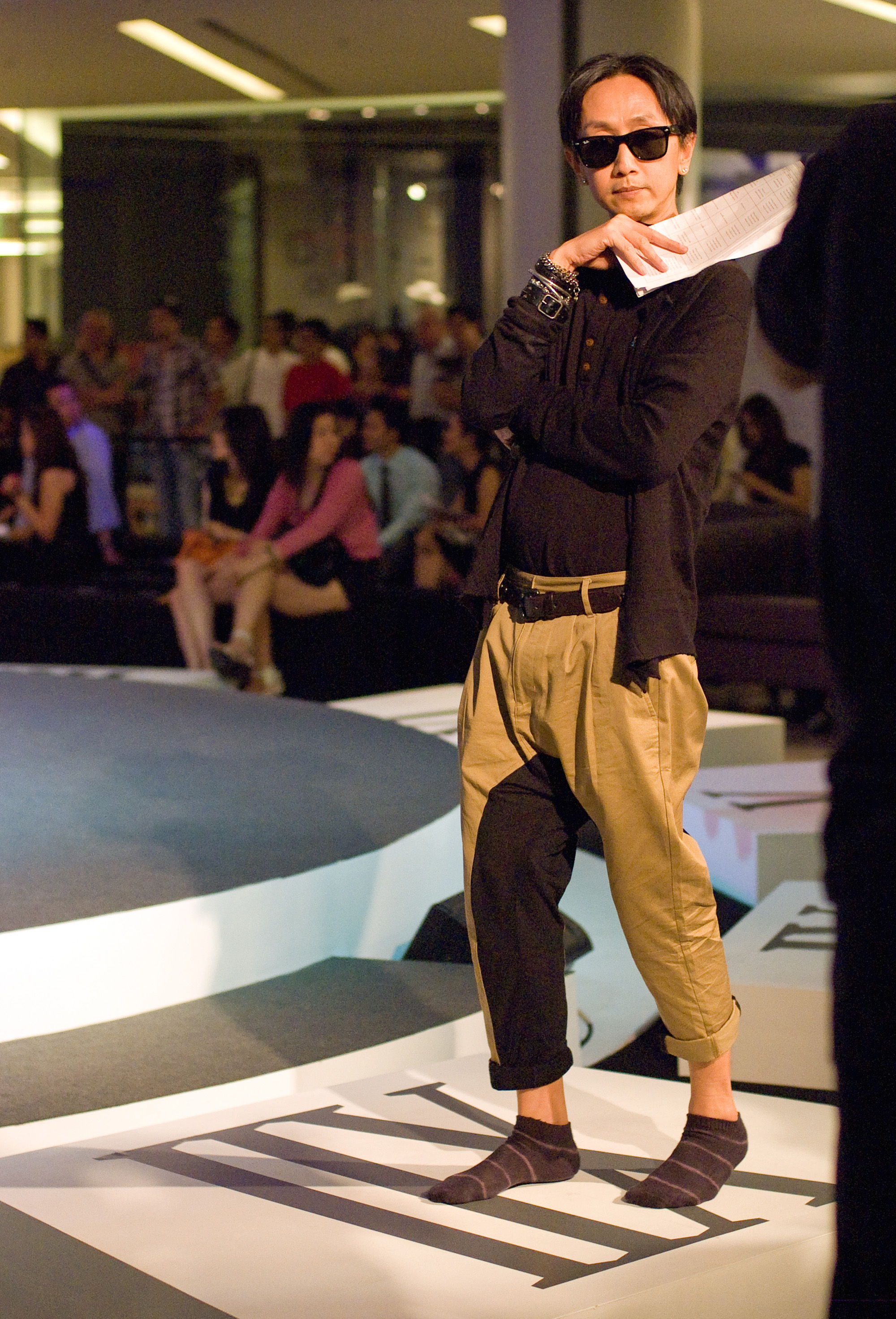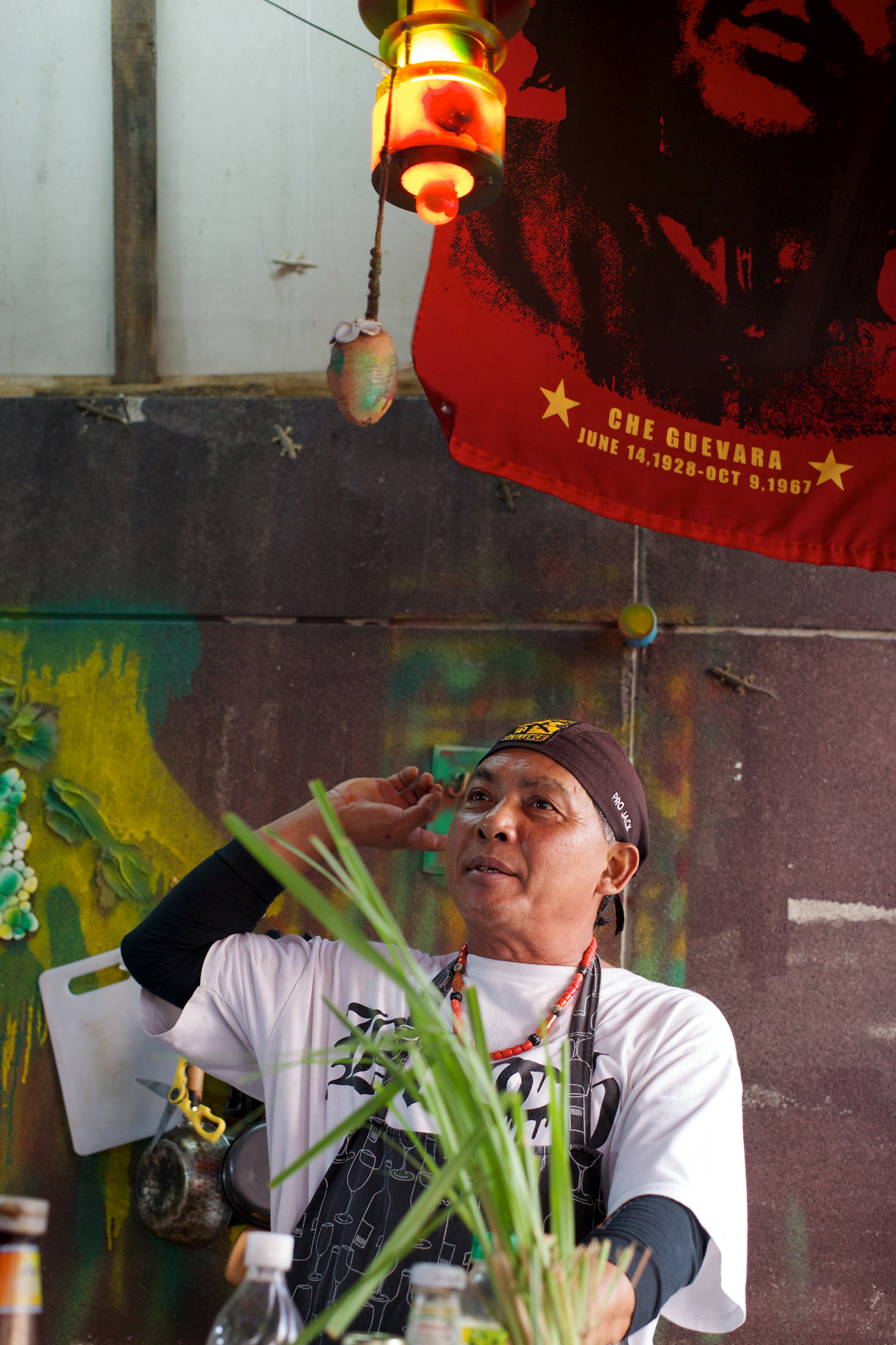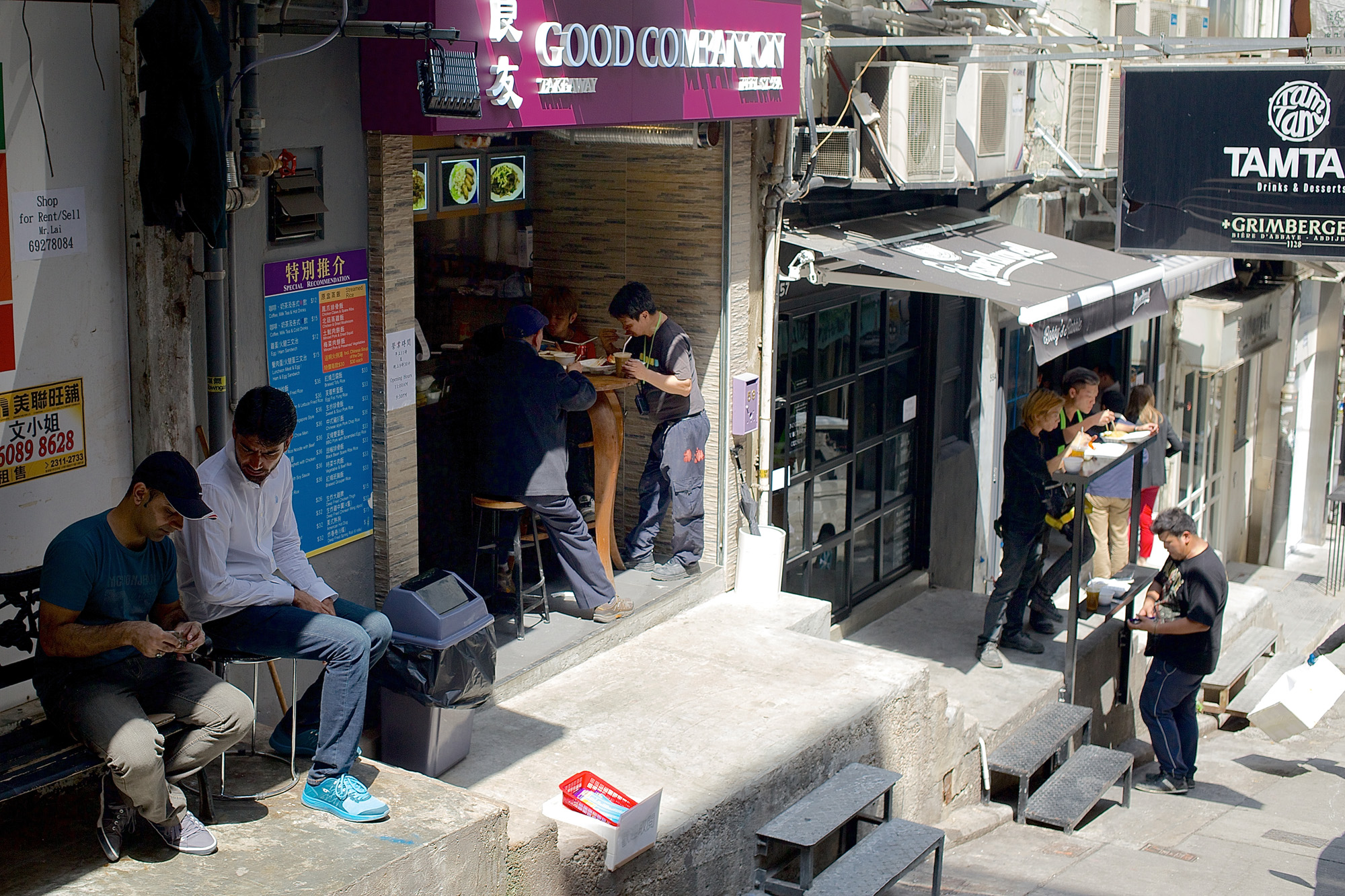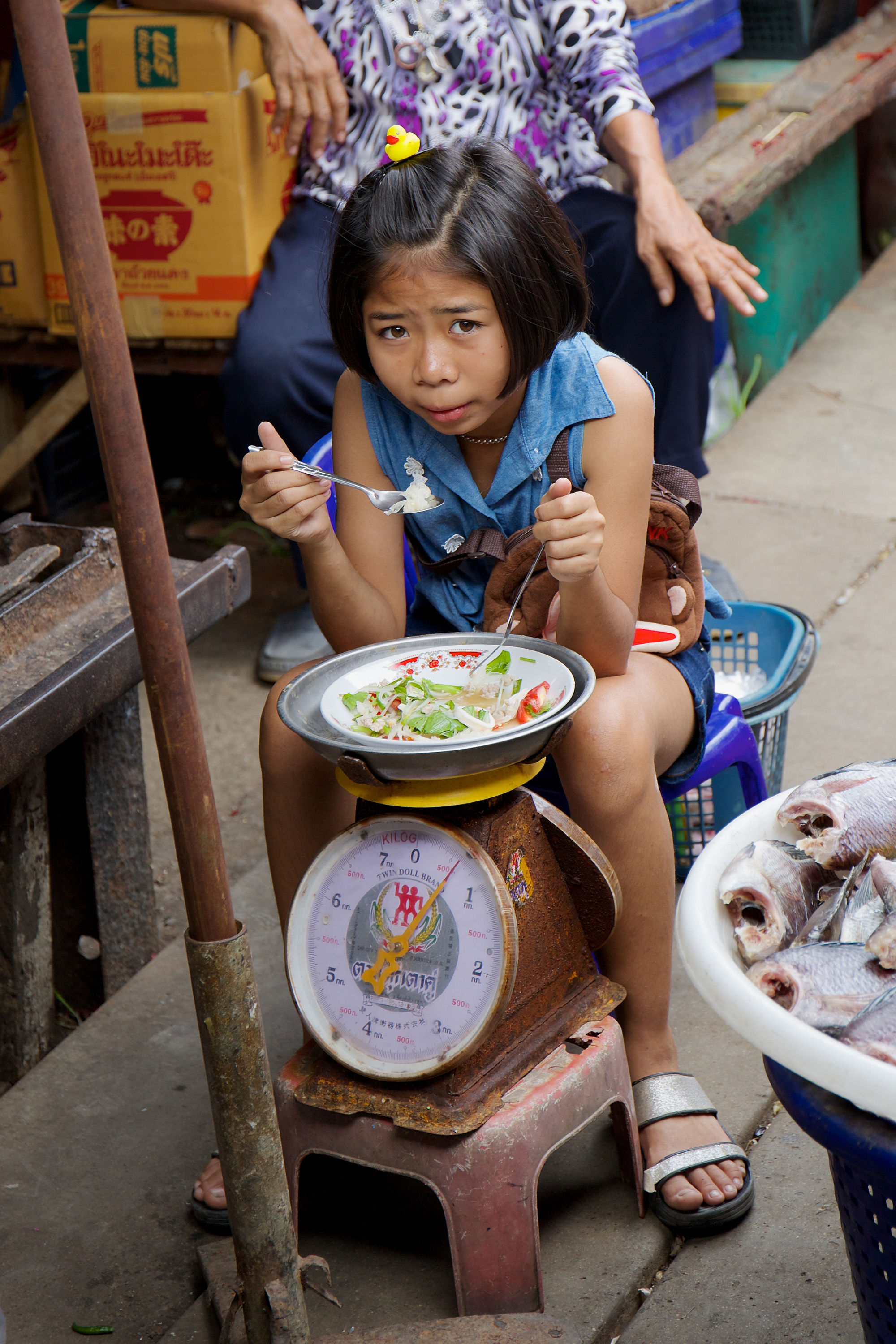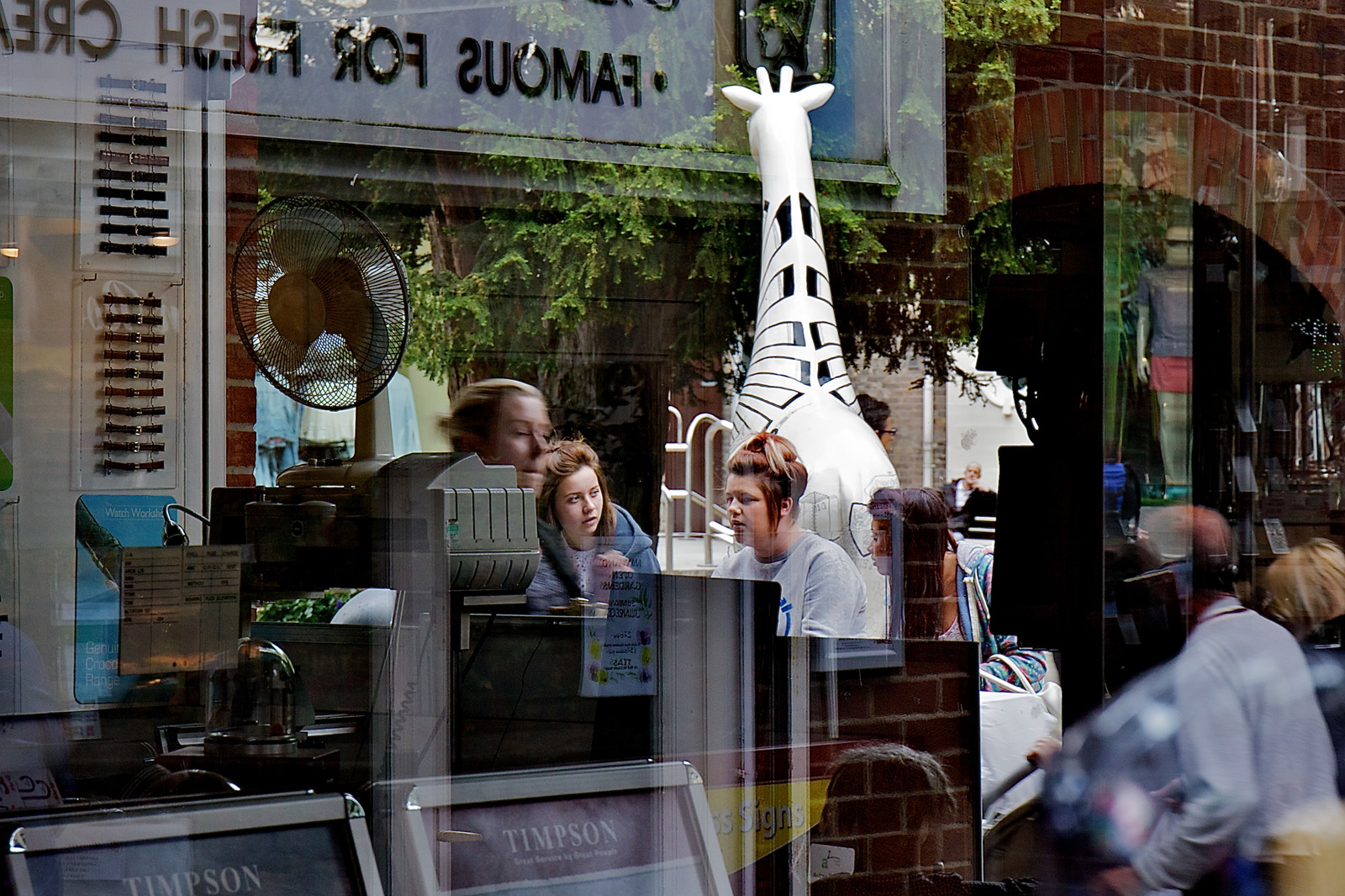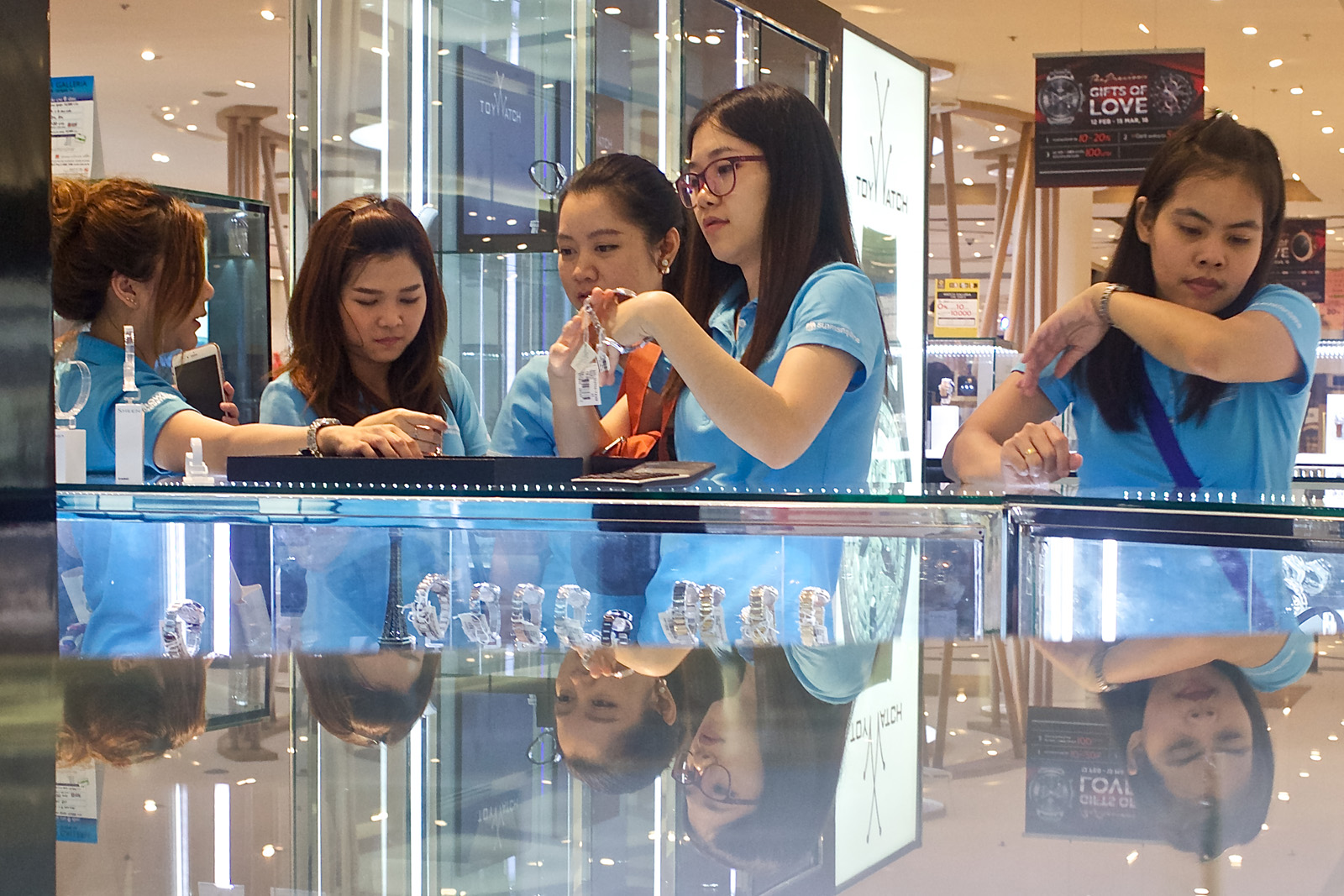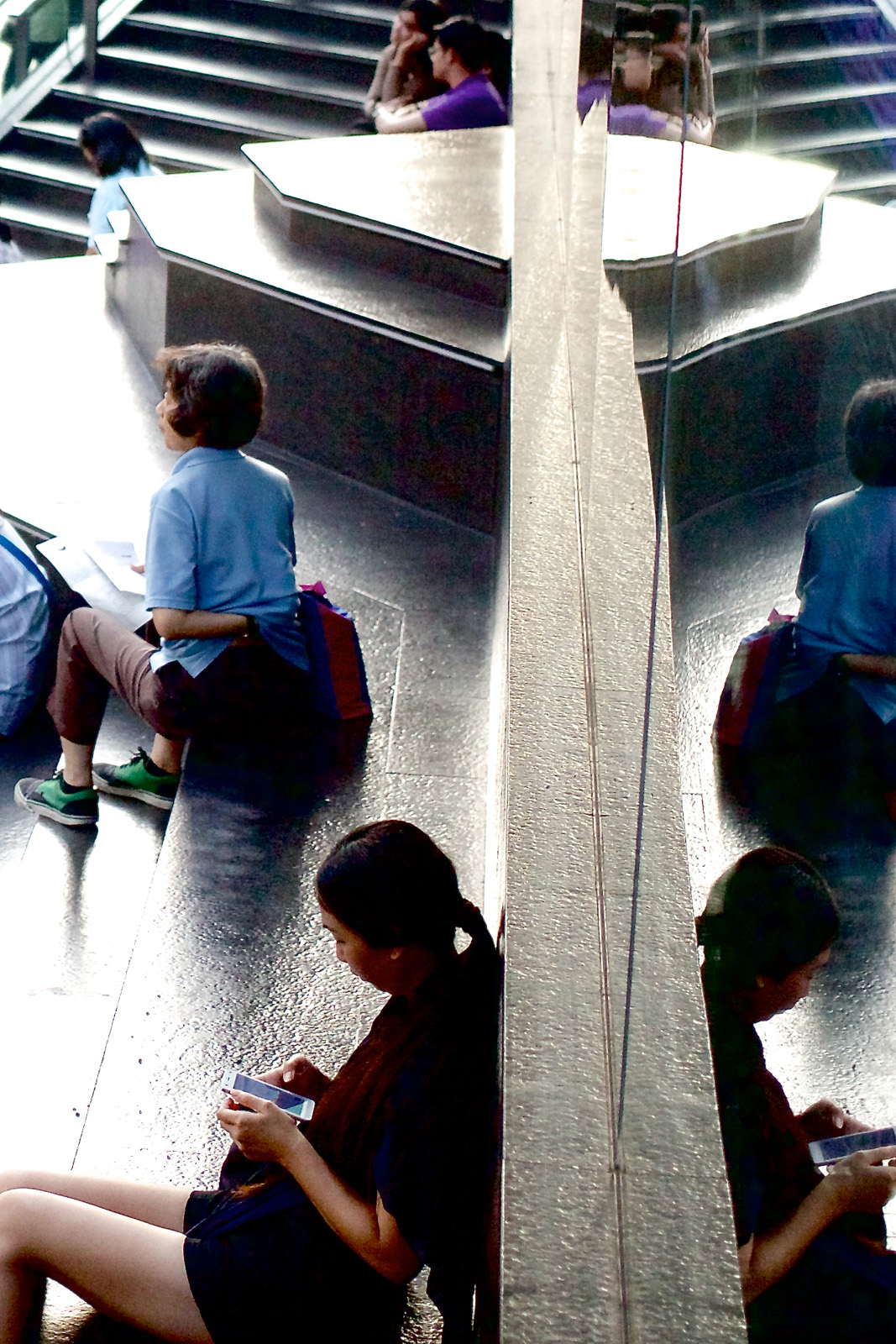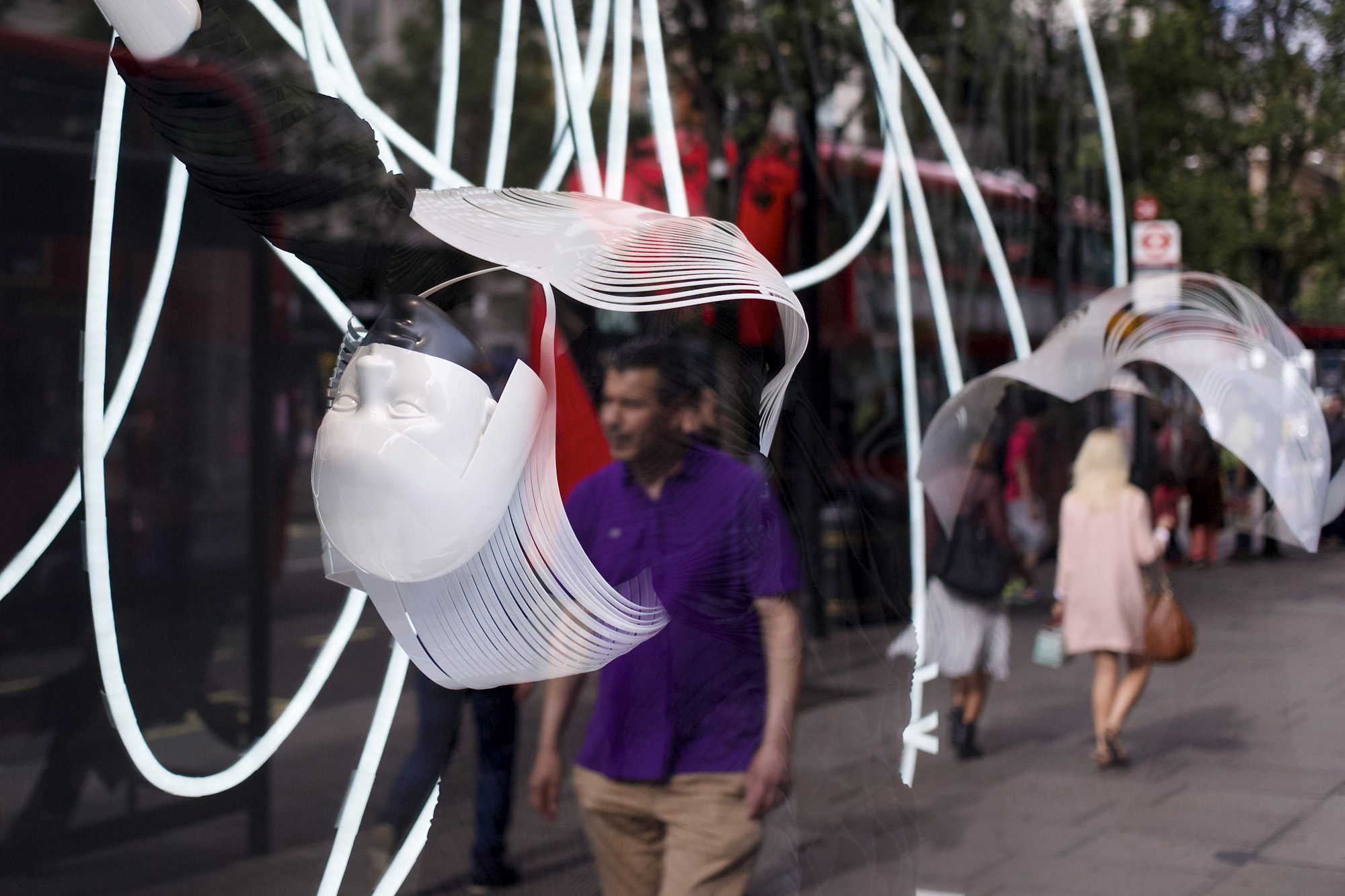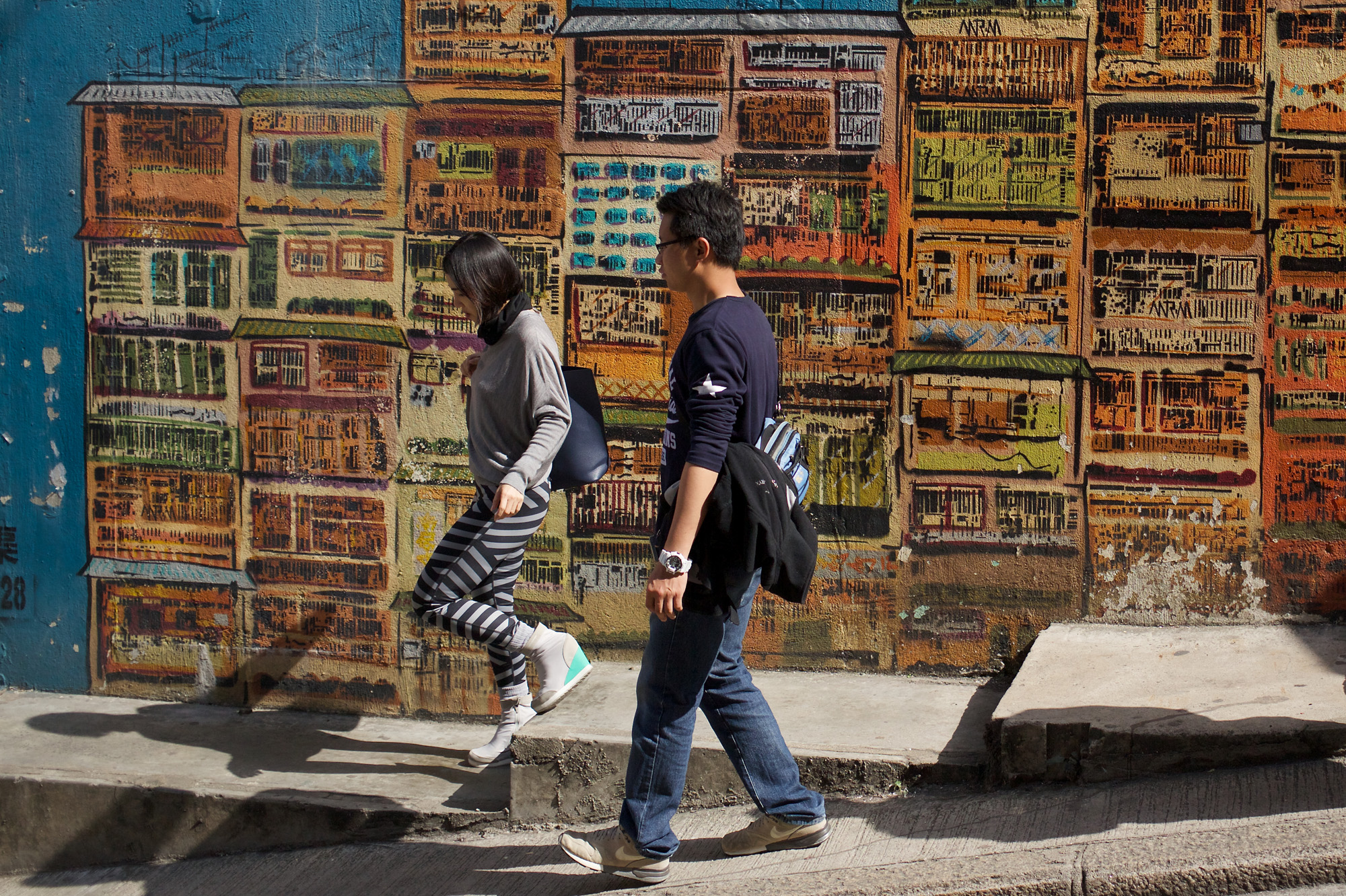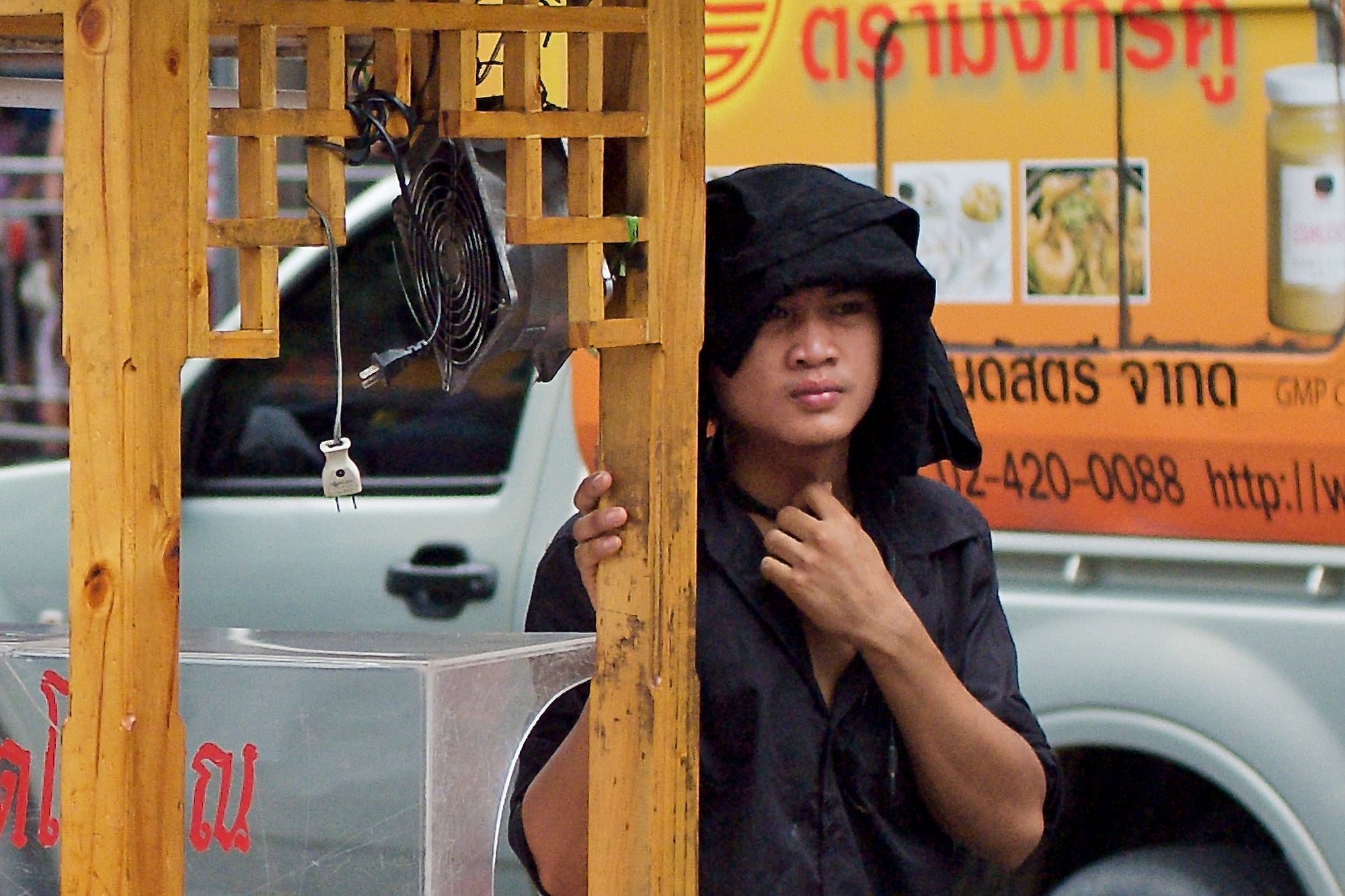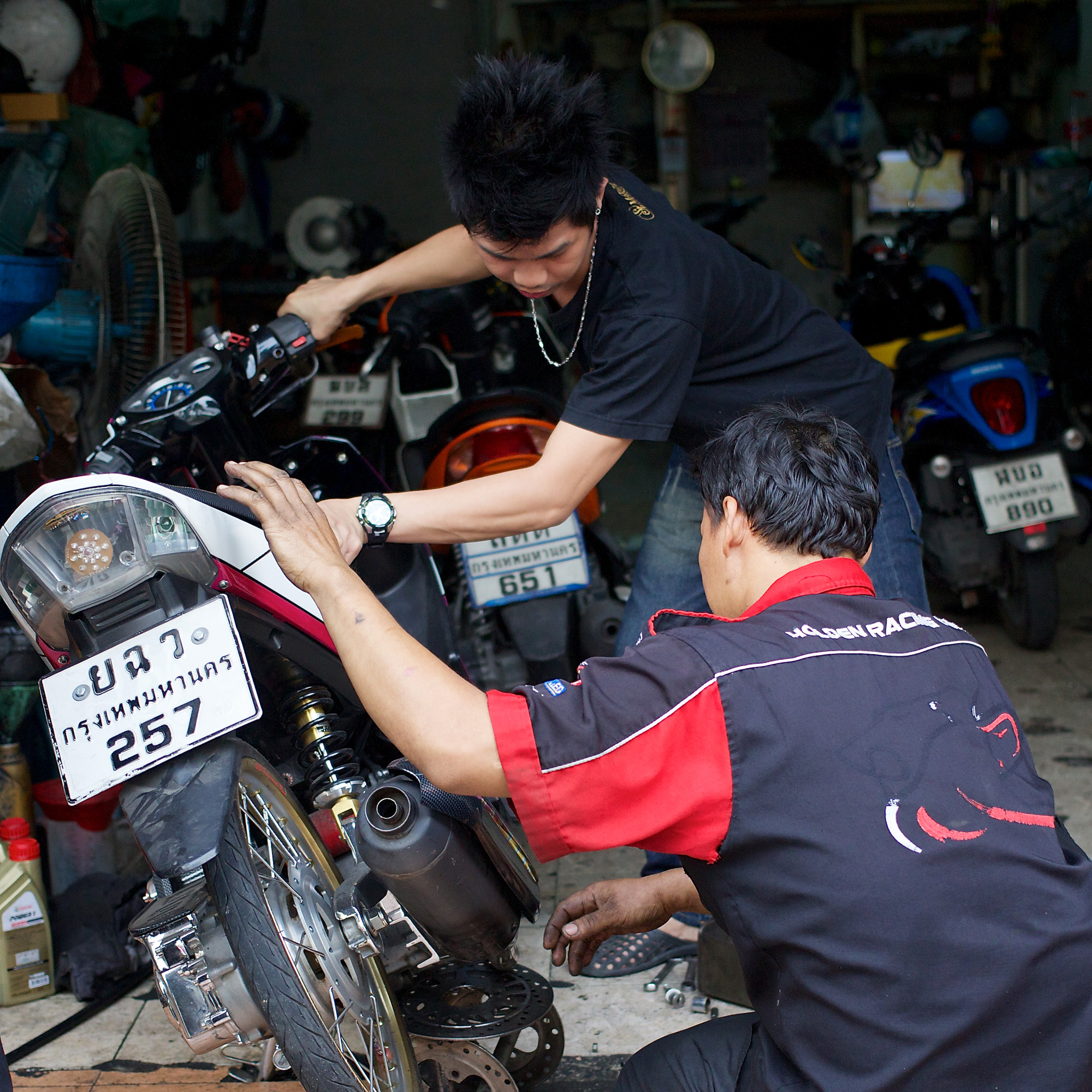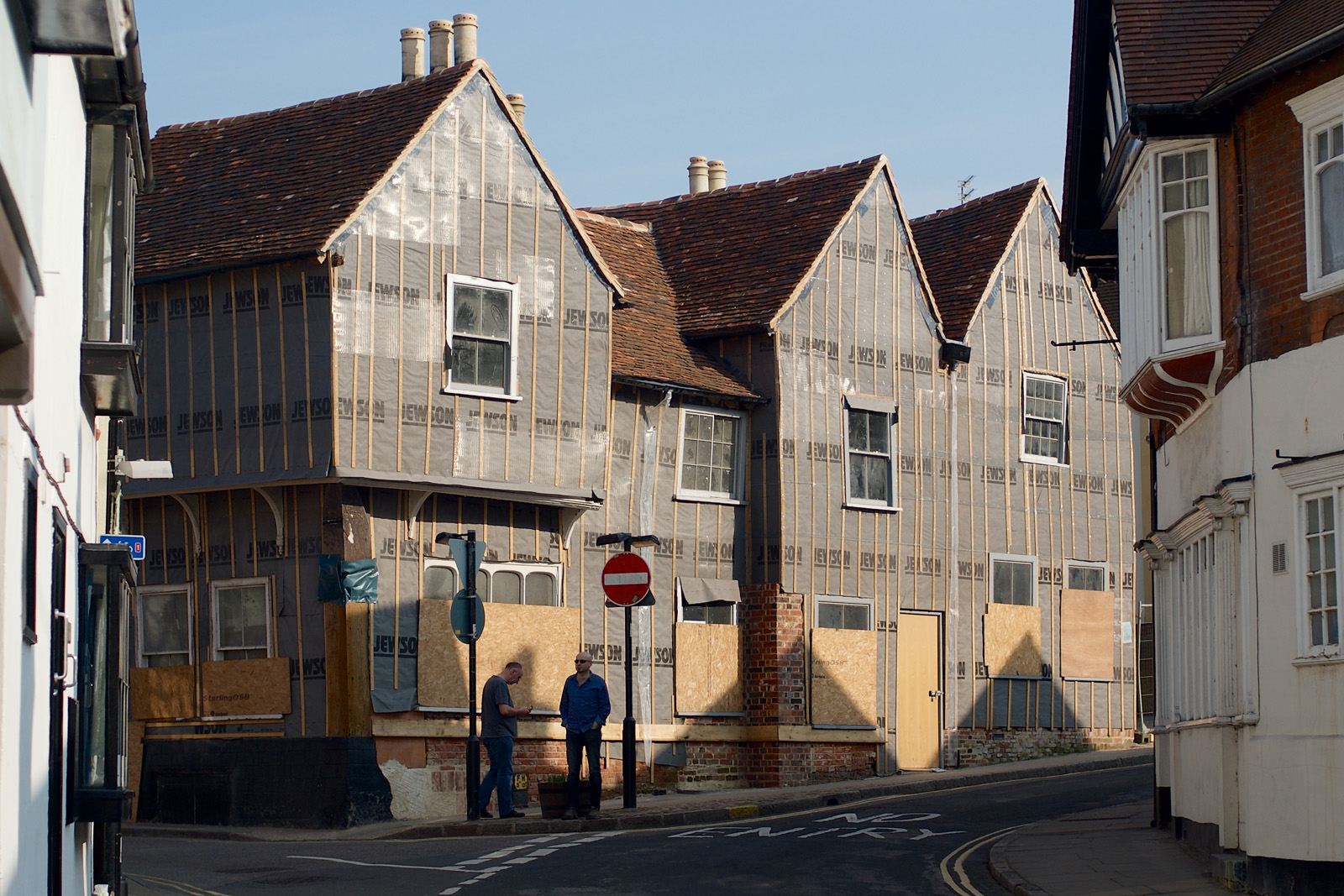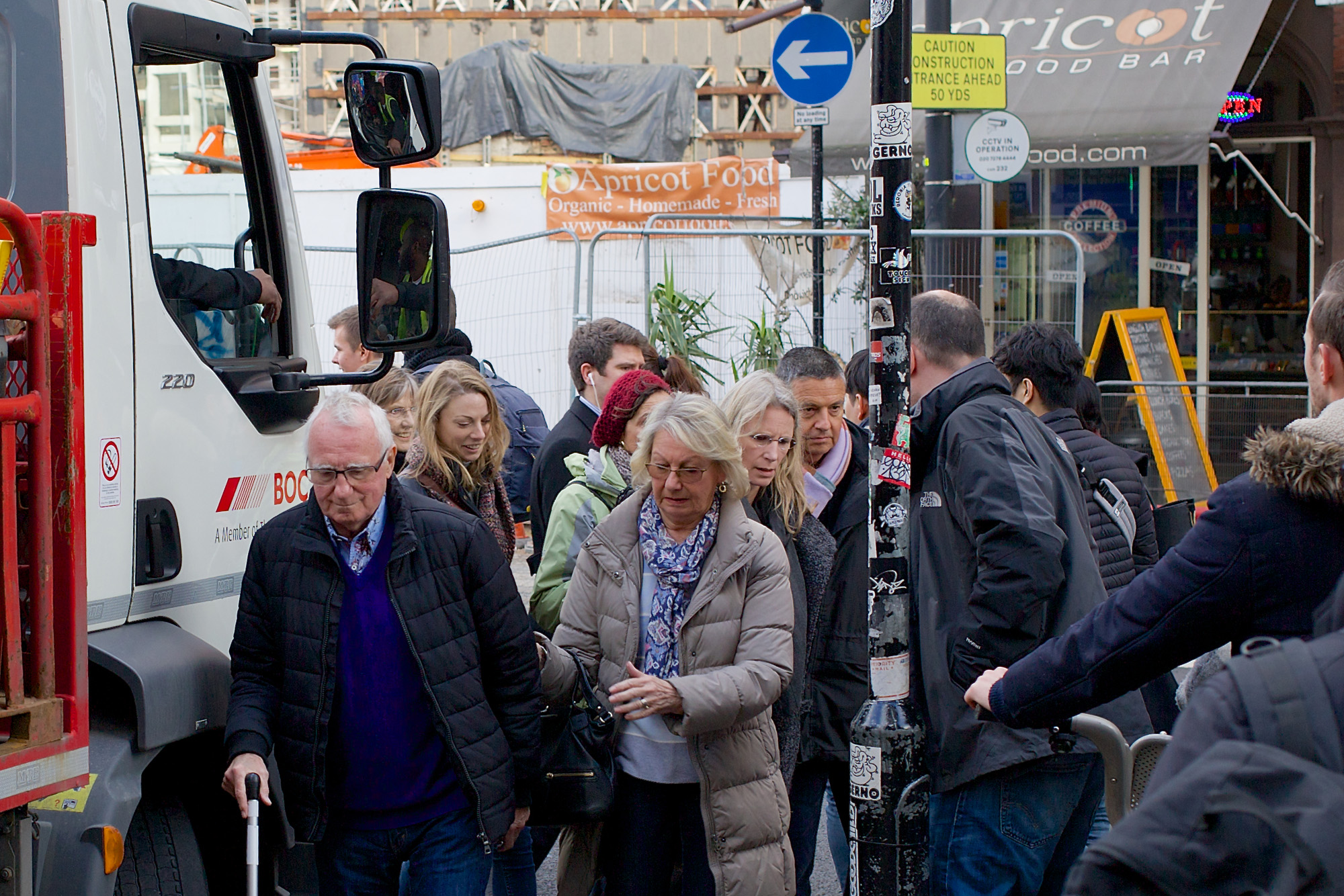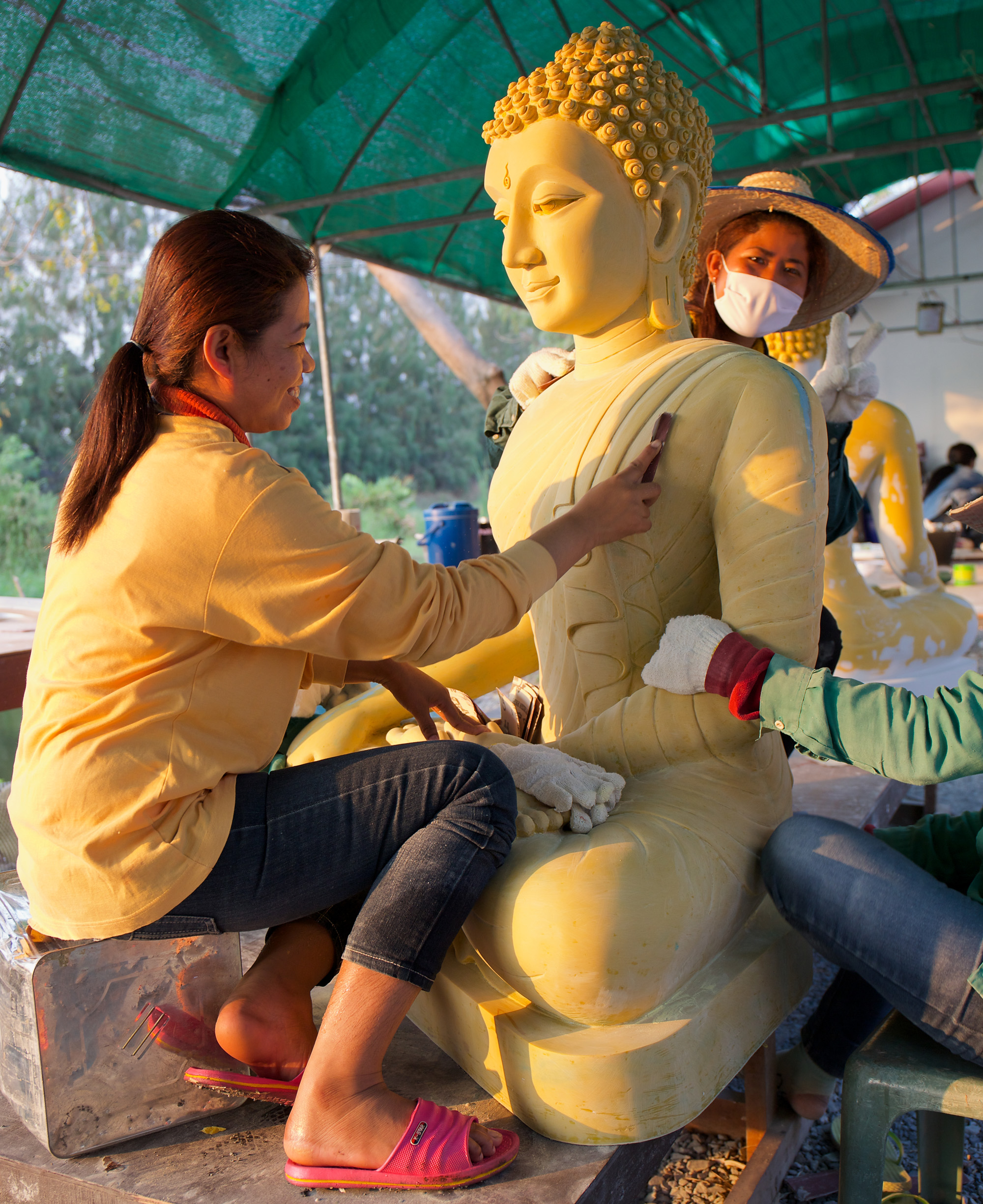How do you photograph people who are larger than life? Do you sit them down in the studio, put them at their ease and flood their features with artificial light?
Maybe you deliberately make them ill at ease, forcing them into a corner, as Irving Penn did in his famous “Corner Portraits” of 1948. Such a draconian technique ought to reduce the charisma of people who are larger than life, but it doesn’t.
Truman Capote, Joe Louis, and Salvador Dali are so familiar to us from other images that we see Penn’s portraits as just one more instance in their lives. They may have been in a corner, but they were ready to spring off the page and go back to writing, boxing, painting — or just being legendary.
If a person is larger than life — if he or she has the bigness of personality that comes from being recognised for expertise in a particular activity — all you have to do is take a natural, candid portrait. All the rest will follow. For example, a quick snap of Kate Moss in wellington boots at Glastonbury can have the same photographic impact as a fashion shot on the cover of Vogue. The candid shot is supported and enlarged by the all the covers that have preceded it.
Waiting for a Natural Break
Can you do the same for an unknown person? Obviously, the task is harder. If you want to create potentially “iconic” shots you need to show people at their work, doing a job for which they may eventually become famous. You mustn’t pose them during a special photo session — as the corporate photographer usually does — otherwise you’ll break the connection between their personality and the activity that fuels it. Wait for a natural break, if you must, then fire away.
My featured image (above) shows a park gardener pausing to take a sip of cola during his morning’s work. I’d been chatting with him and admiring the huge, ornamental dragon sculpture he was creating from wires and plants. He wasn’t aware of being photographed when I took this shot — he thought he was on a break — so it’s entirely candid. I think it shows him to be larger than life.
On another occasion (above), while taking pictures in my favourite stamping ground — around the malls of Bangkok — I watched a fashion designer organising a show of a new collection. Again, when people are working confidently, with a host of things on their mind — and when they pause for a moment — that’s when you can get a defining shot.
That Portrait of Che
The same is true of my next image: of a man who runs a bar on the east bank of the Chao Phraya. At the end of a small side-road alongside a big hotel and a row of tailoring shops, the bar is nothing to speak of, except for its extraordinary location with spectacular views of the river. I often have a cold beer there after taking pictures in Charoen Krung, Bangkok’s oldest street.
The bar owner is a great fan of the South American revolutionary Che Guevara. The ubiquitous portrait of Che hangs above the bar. In this candid photo I was at pains to exclude Che because there’s only room for one larger-than-life character in each picture. I didn’t want the Marxist guerrilla to eclipse the cheerful — and still very much alive — person standing beneath the banner. However, I did want to establish a connection, so I compromised and cut Che’s face in half. I’ve always been a bit ambivalent about Che Guevara.
Who was Che, really? Was he the glorious revolutionary who tried to free people from the “slavery” of capitalist systems around the world? Or was he a murderous bandit, glamourised by the Left despite having the blood of innocent people on his hands?
I’ve not had time to find the truth for this short blog post, even if that were possible, given the bias of contemporary accounts of his life and times. But I have read a little bit more about him and I don’t think anyone could deny the scope and impact of his activities. He’s like a latter-day Lawrence of Arabia, another instantly recognisable figure whose life became embroiled in myth, legend, and controversy.
The iconic image of Che Guevara is probably the world’s best known photographic likeness. It’s on tee-shirts, bags, banners and posters, mugs, mouse pads and (according to The New York Times) condoms. I’m sure an enterprising collector has thousands of other items bearing the same image. A brief account of its origin can be found in the Wikipedia article Guerrillero Heroico. There’s a more complete account in a book called “Che’s Afterlife: The Legacy of an Image” by Michael Casey.
Che In Brief
To summarise: Cuban photographer, Alberto Korda photographed Che on March 5, 1960, in Havana, at a memorial service for those killed in an explosion on board a French ship unloading munitions. The original image was not a whole-frame masterpiece because it showed the profile of another man on one side and some palm leaves on the other. Once Korda removed this extraneous detail the candid portrait — a street photo — became compelling, timeless and hypnotic. It did much to fuel the hero worship of Che that continues to the present day.
Che became a brand, a marketer’s dream. He was killed seven years after Korda photographed him, so there are no images of him in middle age to remove the aura of perpetual youth and idealism embodied in the image.
Even though Marxism has been discredited over and over again — wherever it has been implemented — to this day people still rally to the image of Che Guevara.
Would a Marxist system provide all the products which carry the image? Perhaps by only decree. Or the authorities might decree otherwise and demand an icon of the current leader. In fact, the only way to get rid of scruffy shopping bags bearing the portrait of Guerrillero Heroico would be to have another revolution.
Viva Che! Viva la revolución!
